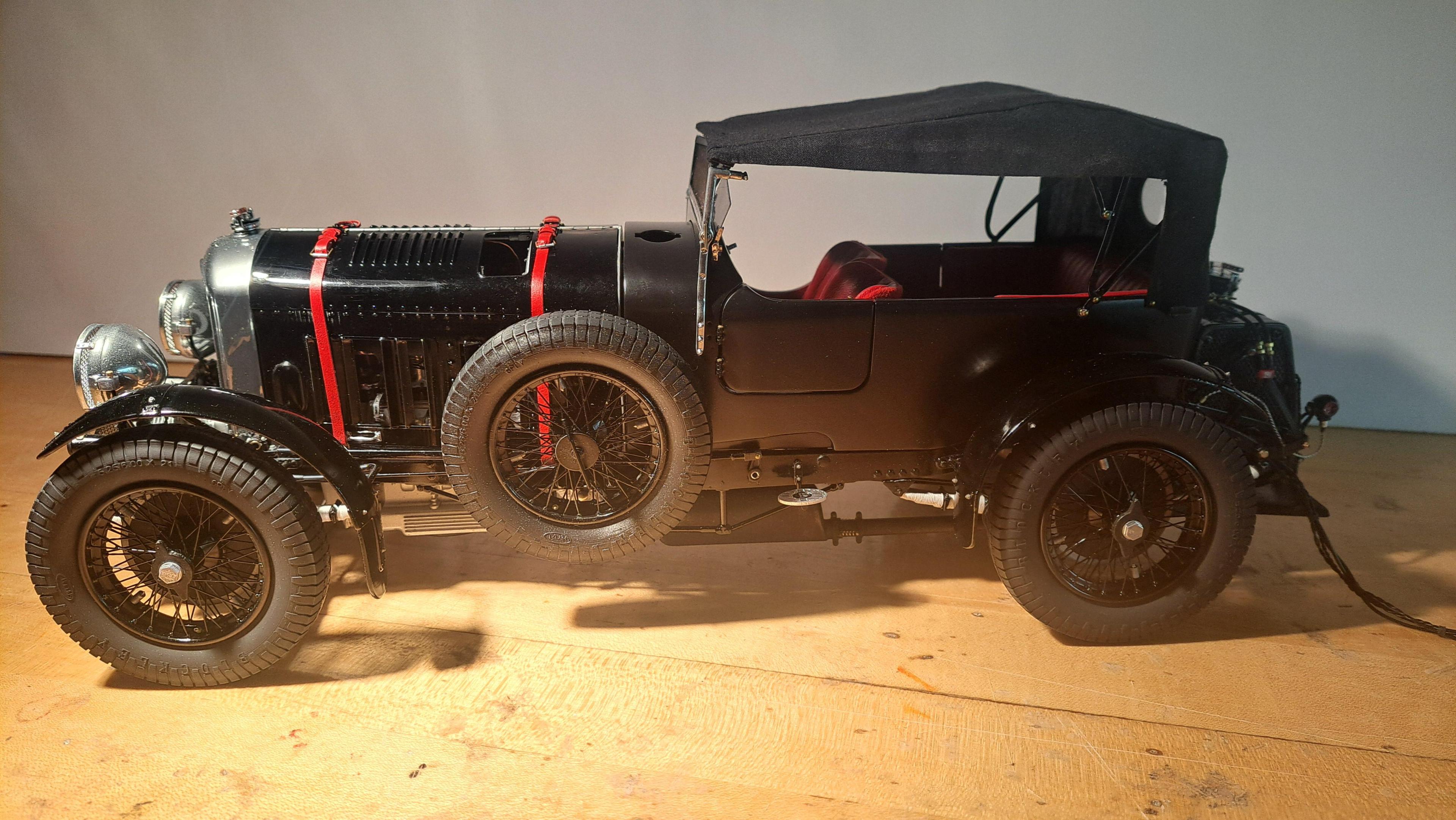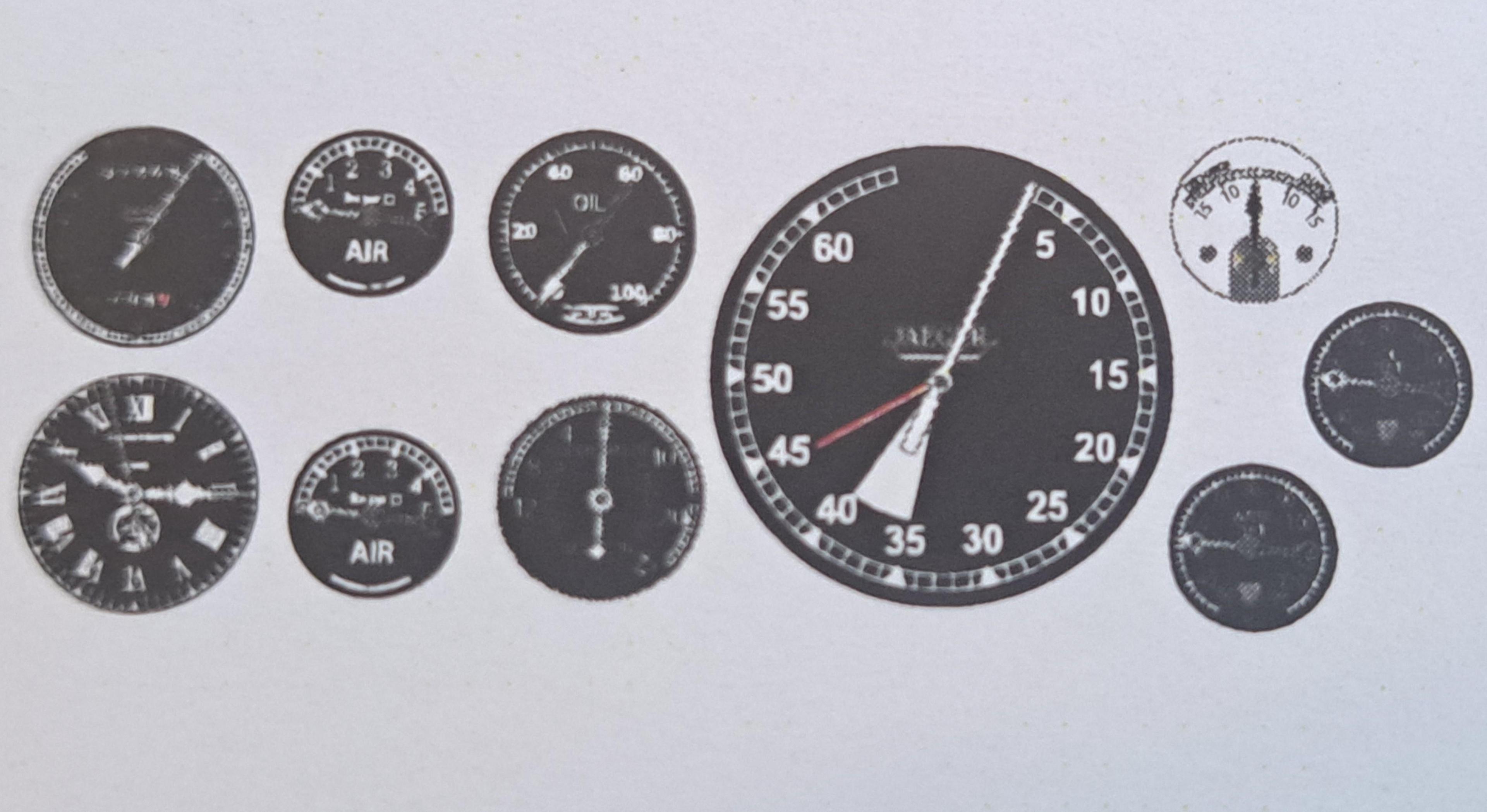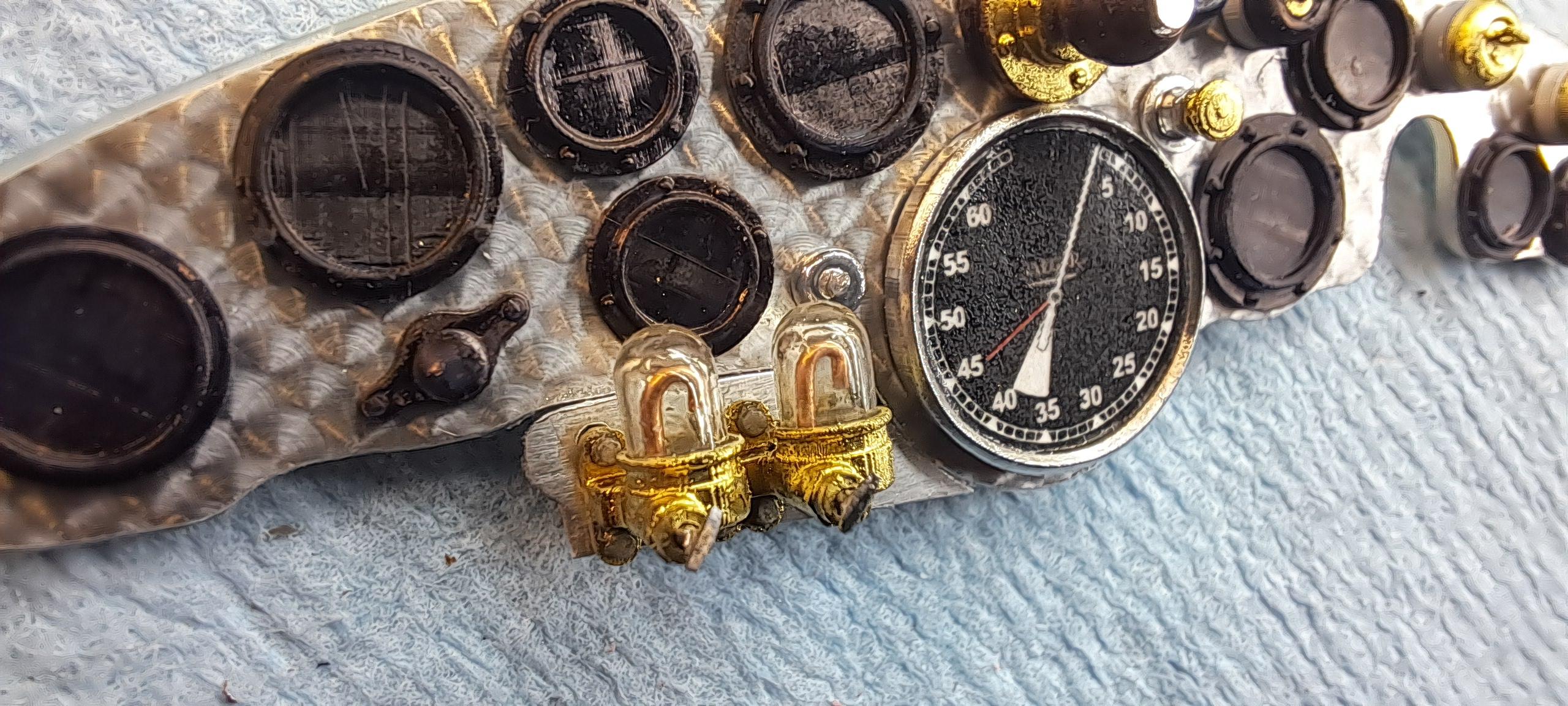Looking fine!!!
" I still need to figure out how l will attach it to the front bar and to the rear."
Francois, I worked with my upholsterer when he did the top for my '31 Ford Roadster as it was his first street rod top. What we did was to form a tapered header mad out of a hard wood, maple as I recall, for the front, attached it to the top frame. The top Haartz fabric was then stapled to the frame then a strip of thin welting added to hide the staples. For the rear, he used top colored snaps with the male part screwed into the steel body with hard wood backing for reinforcing. The female snaps were installed in the material. After it was done, we did agree that those female snaps would have looked better if there had been a skirt covering them but they are not obtrusive. 15 years later, that top still looks as good as new.
While I suspect that this will not be your final solution, it will give you a couple ideas an how to proceed.
" I still need to figure out how l will attach it to the front bar and to the rear."
Francois, I worked with my upholsterer when he did the top for my '31 Ford Roadster as it was his first street rod top. What we did was to form a tapered header mad out of a hard wood, maple as I recall, for the front, attached it to the top frame. The top Haartz fabric was then stapled to the frame then a strip of thin welting added to hide the staples. For the rear, he used top colored snaps with the male part screwed into the steel body with hard wood backing for reinforcing. The female snaps were installed in the material. After it was done, we did agree that those female snaps would have looked better if there had been a skirt covering them but they are not obtrusive. 15 years later, that top still looks as good as new.
While I suspect that this will not be your final solution, it will give you a couple ideas an how to proceed.


































































